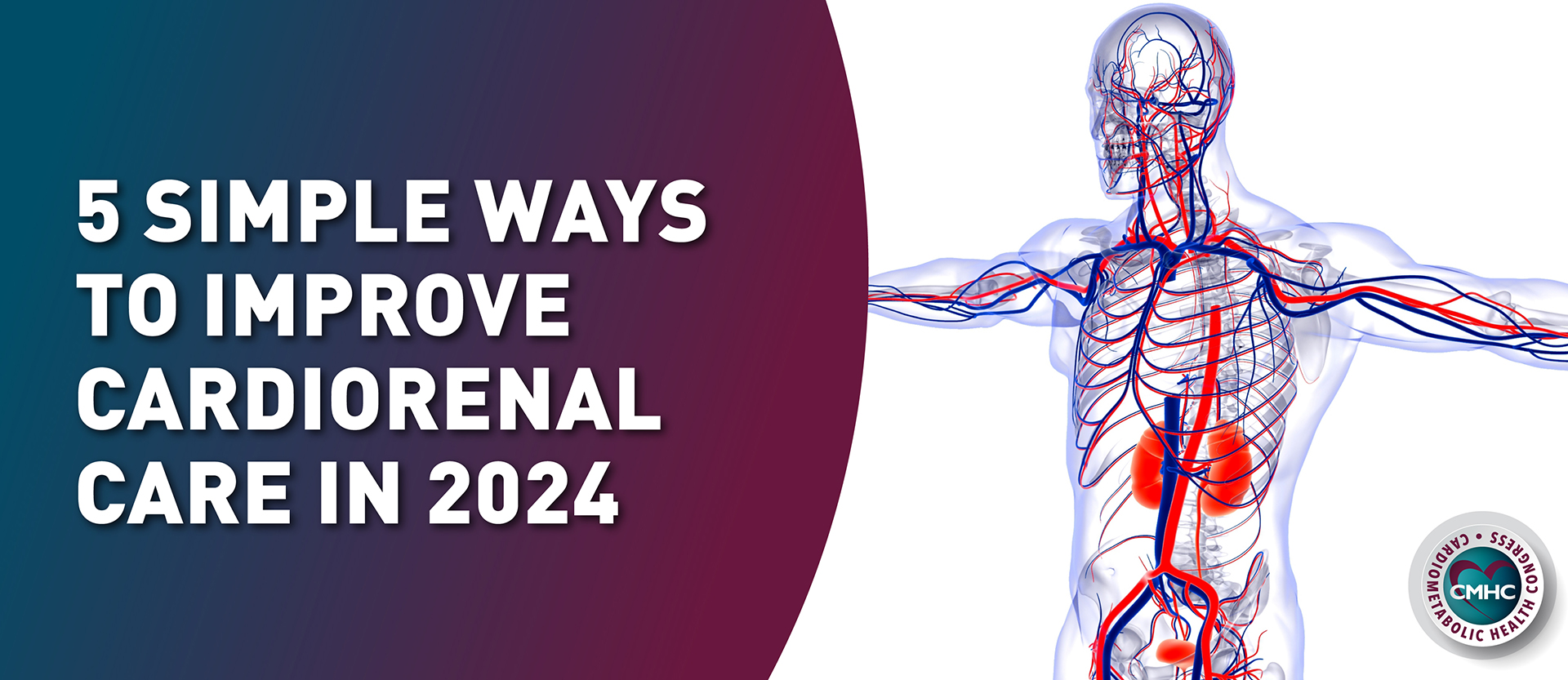A visit to the sauna is more than just relaxing; it seems to have real heart and cardiovascular benefits, as well. A group of researchers from the University of Eastern Finland—who previously found that people who regularly used saunas had lower rates of hypertension, cardiac death and dementia compared to infrequent users—now find in a new study that sauna bathing can have a direct effect on blood pressure, heart rate and vascular health.
The team’s earlier studies on the health benefits of saunas, published in 2015 through 2017, were observational—meaning they could only find associations, and not cause-and-effect relationships, between sauna use and health outcomes. This time, however, the Finnish researchers recruited 102 people and monitored them immediately before and after a 30-minute sauna session to see what happened.
The new research, published in the Journal of Human Hypertension and the European Journal of Preventive Cardiology, showed that time in a hot, dry sauna reduced people’s systolic blood pressure from 137 to 130 mmHg, and their diastolic pressure from 82 to 75 mmHg. While the systolic pressure drop was only temporary, diastolic pressure remained lower 30 minutes after people came out of the sauna.
The sauna sessions also improved people’s vascular compliance: a measure of blood vessels’ ability to expand and contract with changing pressure. Their heart rates gradually increased during the sessions, as well, to an average of 120 beats per minute—about what would be expected during moderate-intensity exercise. (Normal resting heart rate is between 60 and 100.)
There are several ways by which sauna bathing might decrease blood pressure, at least temporarily, says Laukkanen. It increases body temperature by up to 3.5 degrees Fahrenheit, which can cause blood vessels to widen and help blood flow easier. It also triggers sweating, which removes fluid from the body. Then there’s the reason most people visit saunas in the first place: It can help relieve physical and mental stress, which is another contributor to hypertension.
The people in the study, with an average age of 51, all had at least one risk factor for cardiovascular disease, but were otherwise healthy. The saunas were kept at 73 degrees Celsius (164 degrees Fahrenheit) and 10 to 20% humidity, to mimic the saunas many Finnish people have in their homes.
Laukkanen says the findings may not apply to other types of steam rooms or saunas kept at different temperatures, or to people of different ages or health statuses. He cautions that people with low resting blood pressure or symptomatic heart disease should talk to their doctor before entering a sauna.
But for people without heart or vascular symptoms, he says, the argument for spending more time in the sauna is strong. “This study adds to our knowledge about the mechanisms explaining the possible protective effects of sauna,” he says, and helps rule out other lifestyle or environmental factors that may have influenced their previous findings.


















